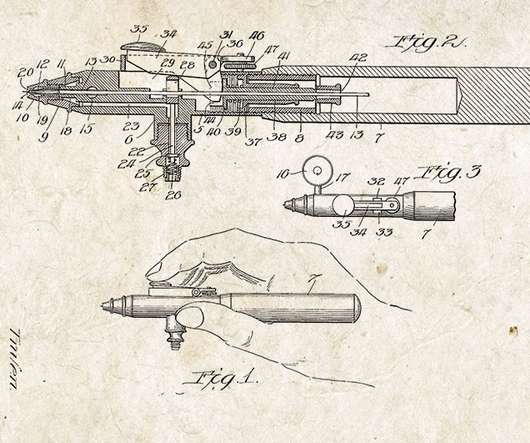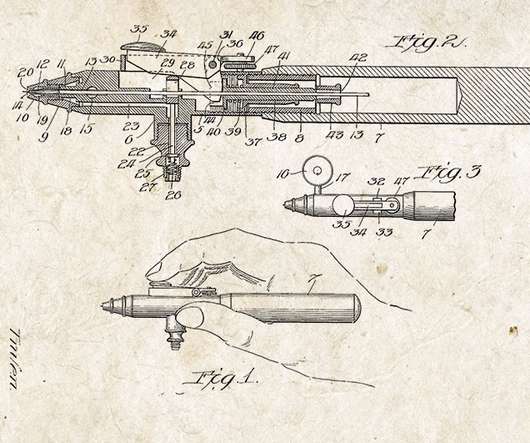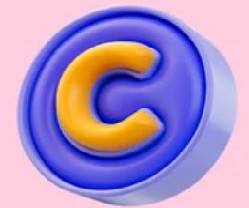The Much-Adapted “Peter Pan” (1904 – Forever )
Velocity of Content
JUNE 8, 2022
Preface: I wanted to learn more about the concept (and applications) of “derivative works” and adaptations under copyright law, and I was searching for a useful example that might also be interesting for readers of Velocity of Content to read about. All copyrights, except one, expire.*.














Let's personalize your content